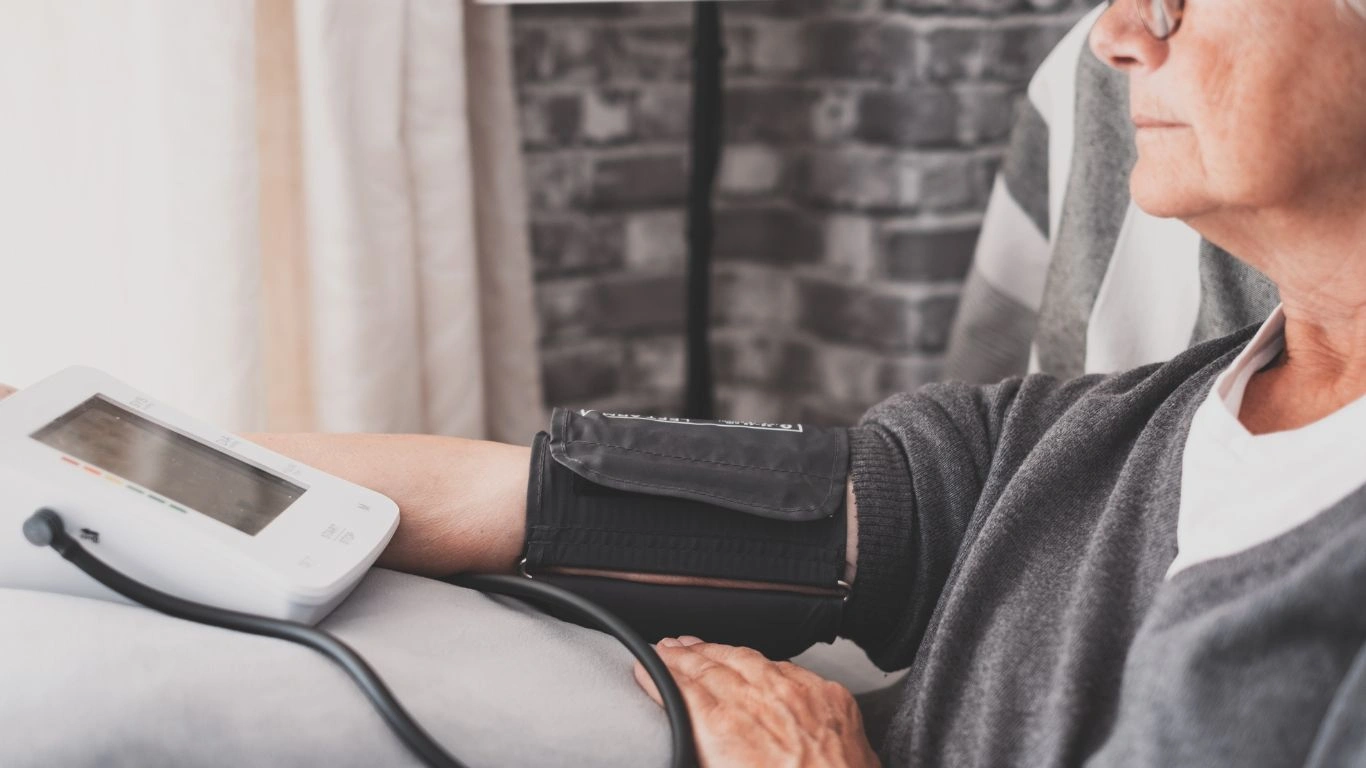Benefits of Potassium-Rich Foods for Hypertension – What You Need to Know
html
Ever wondered if eating more potassium-rich foods could actually help lower your blood pressure? Spoiler alert: it can! Let’s dive into why potassium is a game-changer for managing hypertension and how you can get more of it in your diet.

What is Hypertension and Why Does It Matter?
High blood pressure, or hypertension, is like a silent alarm going off in your body. You might not notice it right away, but over time, it can lead to some pretty serious health issues—think heart disease, stroke, and kidney problems. Keeping your blood pressure in check is super important, and that’s where potassium can step in to save the day.

How Potassium Helps with Hypertension
1. Balances Sodium Levels
Potassium is like the yin to sodium’s yang. While too much sodium can make your blood pressure skyrocket, potassium helps flush out the excess sodium from your body through urine. This balance is key to keeping your blood pressure in the healthy range.
2. Relaxes Blood Vessel Walls
Potassium isn’t just about sodium balance; it also works to relax your blood vessels. When your vessels are more relaxed, there’s less resistance for blood flow, which naturally helps lower blood pressure.
3. Supports Overall Heart Health
By reducing blood pressure and keeping your arteries happy, potassium-rich foods are basically giving your heart a big hug. They help reduce the risk of cardiovascular issues linked to hypertension.

Top Potassium-Rich Foods
1. Bananas
These are the OG potassium food for a reason. Easy to grab, delicious, and perfect for smoothies or on-the-go snacks.
2. Sweet Potatoes
Packed with flavor and nutrients, sweet potatoes are a versatile option. Mash them, bake them, or toss them in a salad!
3. Spinach
Spinach isn’t just Popeye’s favorite—it’s also loaded with potassium. Sneak it into your omelets, smoothies, or stir-fries.
4. Avocado
The internet’s favorite fruit is not just trendy; it’s a potassium powerhouse. Spread it on toast or add it to salads for a creamy boost.
5. Beans and Lentils
Black beans, kidney beans, lentils—you name it. They’re not just high in potassium but also packed with fiber for added health perks.

How to Add More Potassium to Your Diet
1. Start with Breakfast
Add a sliced banana to your oatmeal or yogurt. Bonus points if you sprinkle in some nuts!
2. Swap Your Sides
Trade your regular fries for a baked sweet potato or roasted veggies.
3. Get Creative with Smoothies
Blend up spinach, avocado, and a banana for a green smoothie that’s as tasty as it is nutritious.
4. Snack Smart
Keep dried fruits like apricots or a small handful of nuts handy for a quick potassium boost.
5. Cook with Beans
Add beans to soups, salads, or tacos for an easy way to up your potassium game.
FAQs
- How much potassium do I need daily? Most adults should aim for about 2,500–3,000 mg daily, but talk to your doctor for personalized advice.
- Can too much potassium be harmful? Yes, especially if you have kidney issues. Always consult with a healthcare provider before making big dietary changes.
- Are supplements a good idea? It’s better to get potassium from food sources, but supplements may be recommended in some cases. Ask your doctor first!
- Does potassium work for everyone with hypertension? Potassium can help, but it’s not a one-size-fits-all solution. Lifestyle factors and other health conditions matter too.
- Is potassium the only nutrient that helps with blood pressure? Nope! Magnesium, calcium, and a low-sodium diet are also important for managing blood pressure. A balanced diet is key.
References
- World Health Organization. (2022). Potassium and Cardiovascular Health. Read More
- American Heart Association. (2023). The Role of Potassium in Blood Pressure Regulation. Read More
- National Institutes of Health. (2024). Dietary Guidelines for Americans. Read More
Disclaimer: This article is for informational purposes only and should not be taken as medical advice. Always consult with a healthcare provider for dietary or health-related concerns, especially if you have pre-existing conditions.














